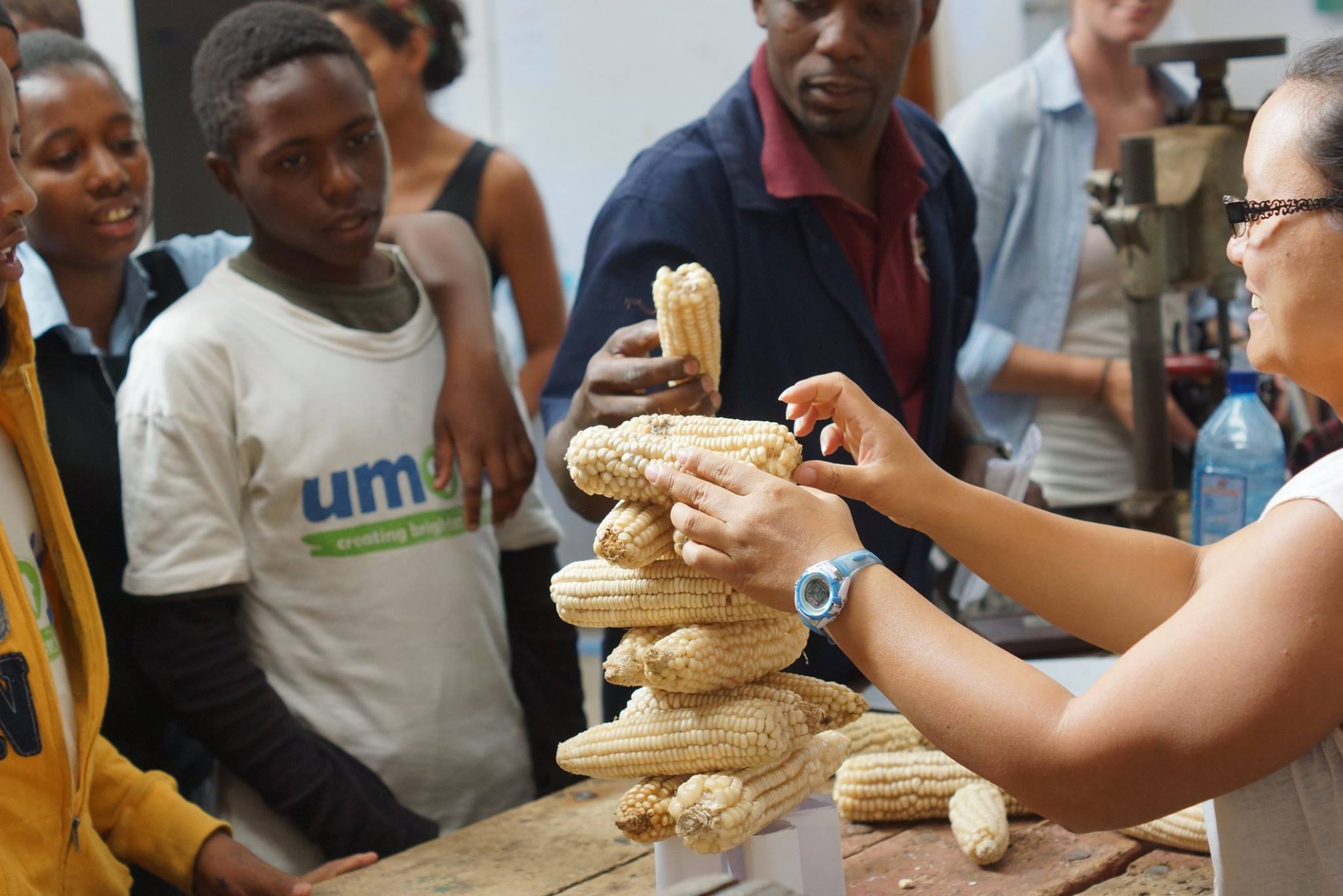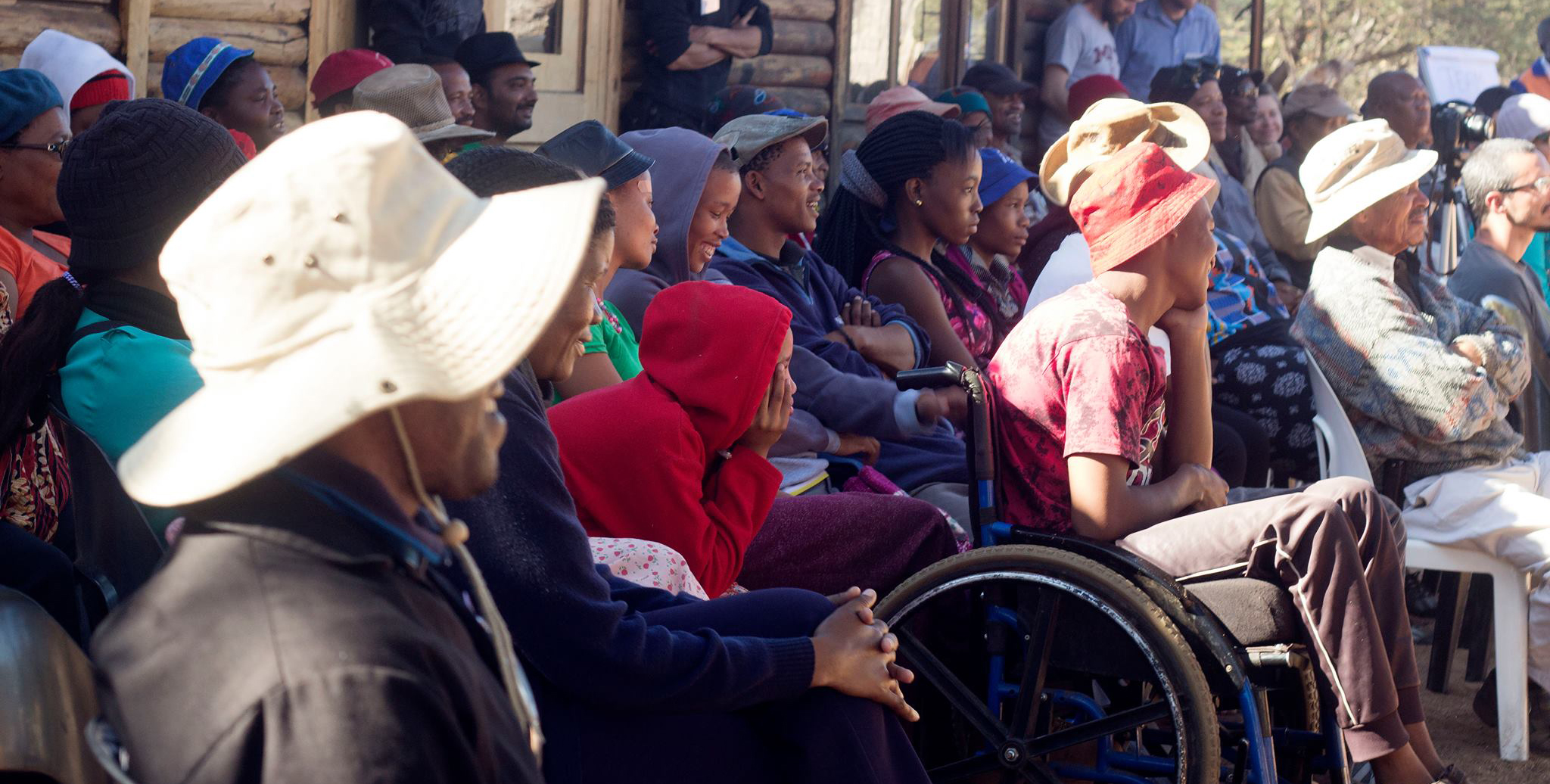Enabling Innovation Ecosystems in Emerging Markets: Key Challenges and Five Recommendations

Inventor Bernard Kiwia (center) is strengthening the innovation ecosystem in Arusha, Tanzania by offering workspace, shared tools, and training to tech-oriented social entrepreneurs at Twende, an IDIN innovation center partner. Credit: Twende
Over the past 40 years, research from economics, sociology, and regional studies has documented the critical role that place-based innovation ecosystems play in driving regional economic prosperity and socio-technical transformation. Famous innovation ecosystems, such as Silicon Valley, orient entrepreneurship around producing new and improved ways of doing things, giving birth to businesses that are capable of creating new markets in addition to meeting needs within existing ones.
While innovation ecosystems are starting to receive attention as important drivers of development in emerging markets, the models we use to understand them are based on studies of innovation processes and entrepreneurial clusters in highly industrialized western economies. As a result, we still have much to learn about how innovation ecosystems work in developing markets and what specific measures are necessary to strengthen them.
At the recent MIT Scaling Development Ventures conference, a session on “Scaling Innovation-Driven Ecosystems” addressed this gap, drawing on the experience of participants to offer insights into the realities faced by innovation-oriented entrepreneurs in emerging markets.
Organized by the MIT Innovation Initiative, the session kicked off with remarks by MIT Sloan Professor Fiona Murray and Ann Mei Chang, Executive Director of the US Global Development Lab, the incubator for development innovation within USAID. Chang emphasized the role that entrepreneurship plays in global development: not only does it generate much-needed employment, it is increasingly a source of locally-relevant and sustainable solutions to complex and stubborn development challenges.
Murray presented the innovation stakeholder model used by the MIT Regional Entrepreneurship Acceleration Program (REAP) and invited the audience of social entrepreneurs, innovators, and development practitioners to reflect on this model. Did it include the stakeholders who were most relevant in the contexts where we work? What are the realities and challenges in the innovation ecosystems in which we are engaged? And what are the most promising approaches we’ve seen to address them? Highlights from the discussion that followed are below.
Challenges of Innovation Ecosystems in Emerging Markets
In Arusha, Tanzania, Ahmedabad, India, or the Kibera slums of Nairobi, Kenya, many of the conditions that characterize Silicon Valley are missing, yet vibrant, local innovation ecosystems have emerged anyway. What are the realities and constraints these ecosystems face and what can we learn from those who are successfully navigating them?
- Key stakeholders are often missing. In many local economies, the public sector may be absent entirely or unable to fulfill its basic role to provide infrastructure and the public services that enable economic activity, such as roads, reliable sources of power, and public safety. Another key actor in the stakeholder model—the provider of risk capital—is also often absent or inaccessible in these contexts. Even when sources of capital are present, they may be a type of capital, amount of capital, or type of financial instrument that does not match the needs of local innovators.
- Enabling institutions may be weak or absent. Implicit in the stakeholder model, but absent from many emerging market contexts, are societal institutions that create trust within markets and enable transaction between strangers to take place. These institutions include consistent legal frameworks, systems of credit rating, insurance, and accessible and secure banking services. When these institutions are weak or absent in a local economy, extra efforts must be made to build trust between local stakeholders for a functioning innovation ecosystem to develop.
- Transaction costs can be high. Even when key stakeholders begin to form mutually-beneficial linkages, the costs of conducting business—particularly the costs of moving capital between stakeholders—are often high, sometimes prohibitively so. This means that transactions that can take place in minutes in Boston can take days to weeks in Bogotá or Accra, which can slow processes of innovation to a halt and create hurdles and headaches for local entrepreneurs.
- Norms matter and may need to change. Cultural norms can also create barriers to successful innovation and entrepreneurship. For example, if speaking about money is taboo in a local culture, stakeholders will have a difficult time engaging in peer mentorship or constructive financial exchanges such as negotiating agreements with potential lenders or investors. One session participant noted that in her region, “if you open a restaurant and your family gets the impression that you’re starting to do well, everyone—including cousins you didn’t know you had—will show up and expect to eat for free.” Expectations that entrepreneurs “repay” their families before re-investing in their ventures inhibit their ability to innovate, lengthening the time it takes for them to amass the capital they need to experiment with developing new and improved ways of doing things.
- Basic business support is often unavailable. Local innovators and entrepreneurs often lack support and training in functional business areas like accounting and financial management, marketing, navigating legal requirements, and building effective teams. While most innovation-driven enterprises face similar functional challenges regardless of their market niche, they typically lack connections to business mentors and others within the same local context who can help them to navigate the next steps in their business.
Recommendations for Strengthening Local Innovation Ecosystems
Workshops participants were asked: If we had $1 million to strengthen innovation ecosystems in emerging markets, how would we use it? Here are five of the suggestions that stood out:
- Provide shared resources within local ecosystems. Increase access to pooled resources that address common early-stage needs for small and medium enterprises (SMEs) as well as innovation-driven enterprises. These include physical resources such as working space, equipment needed for innovation and production, as well as human resources such as support with legal issues, accounting and financial management, and other operations-oriented assistance that most small businesses need to succeed and grow.
- Reduce the cost of accessing and moving capital. Invest in secure platforms that can enable money moving quickly and inexpensively (or even freely) between countries and between different types of actors, such as large institutions and local innovators. One promising technology is the blockchain platform used by Bitcoin and currently being explored by a consortium of 40 large banks to create a cost-free way of conducting certain transactions between banks. This is currently being explored in a developed market context between major financial players but could have tremendous applicability in emerging markets.
- Identify and address unexpected market inefficiencies. Encourage local stakeholders to flag aspects of their entrepreneurial ecosystem where results are significantly below what they should be and work together to address them. In Ghana, for example, cassava yields are a fraction of what research shows they should be, given existing local conditions. This unexpected underperformance might signal broader inefficiencies and constraints in the local system that need to be addressed and could benefit not only innovators in the cassava value chain but within the broader economy.
- Level the playing field for SMEs. Create successful advocacy efforts to remove incentives, subsidies and regulatory regimes that distort market conditions in favor of large, capital-intensive, mass-production models. Market-distorting policies, such as subsidies for certain agricultural inputs (e.g. corn and agro-chemicals) or certain types of fuels, make some modes of production artificially cheap and can make it nearly impossible for SMEs to compete and survive, let alone to innovate, within their local markets.
- Support local ecosystem builders. Innovation ecosystems develop despite the many challenges identified when local stakeholders work together to build out missing pieces of their local system infrastructure. Often, this happens by necessity when entrepreneurs realize that they can’t take the next step in their business unless they invest effort in strengthening an aspect of the local ecosystem that is weak or missing. One session participant shared a case of two innovative mobile firms in Nigeria that stopped viewing each other as competitors and started working together to create favorable market conditions that would allow them both to compete against the status quo players. An effective way to strengthen innovation ecosystems, then, is to identify these local ecosystem builders and help them to strategically address the areas that they themselves have identified as needing the most attention.
At MIT D-Lab, we are developing methods of identifying local innovation ecosystem builders through the Research Program of the International Development Innovation Network (IDIN). This program includes a portfolio of research projects focused on understanding the dynamics of local innovation processes, describing and analyzing local innovation ecosystems, and identifying how global institutions and networks—including policymakers, development agencies and universities—can engage effectively with these local systems. If you are working to strengthen an innovation ecosystem in your local community, we invite you to join the conversation by tweeting @IDINetwork.
Elizabeth Hoffecker is a researcher based at MIT D-Lab whose work focuses on the role of local, community-based innovation and networked social learning in sustainable regional development. She leads the research program for the International Development Innovation Network, a multi-institution consortium headquartered at D-Lab. She can be reached at @ehoffecker or ehm@mit.edu.






